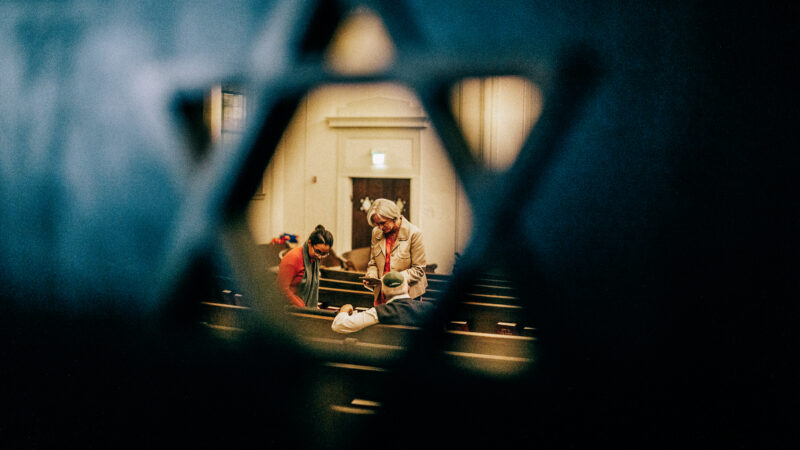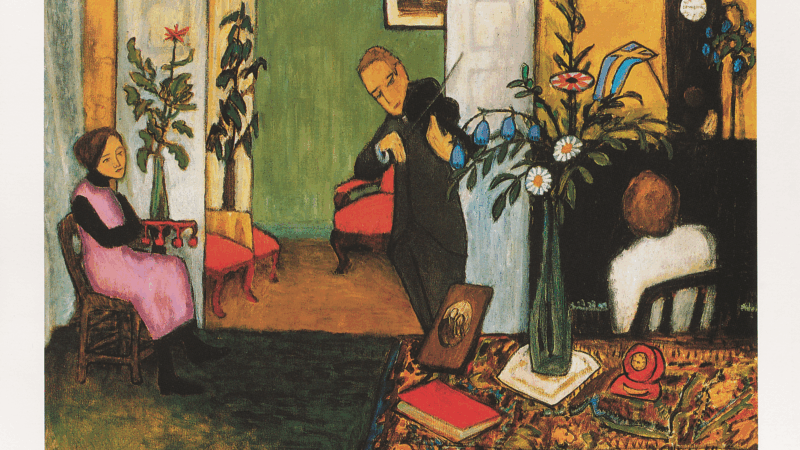Exhibit shows the ‘real people’ around the Civil Rights Movement
While giving a tour of Temple Beth El, Margaret Norman picks up a high school yearbook from 1963. Norman is the director of the Jewish Community Relations Council of the Birmingham Jewish Federation.
In the yearbook, photos of Faye Kimerling and Ingrid Kraus were located just one page apart.
“Faye came to visit a few months ago and I showed her the yearbook and said, ‘I noticed you and Ingrid were on the same page. Did you know each other?’ And she recalled having such a different experience than Ingrid,” Norman said.
The yearbook is part of an exhibit at Temple Beth El, a Birmingham synagogue, called the Temple Beth El Civil Rights Experience. It’s a guided tour that allows visitors to explore the lives of Jewish people during the Civil Rights Movement. The exhibit highlighted Jews who were passionate activists and Jews who didn’t do much for the cause.
Why were their experiences so different?
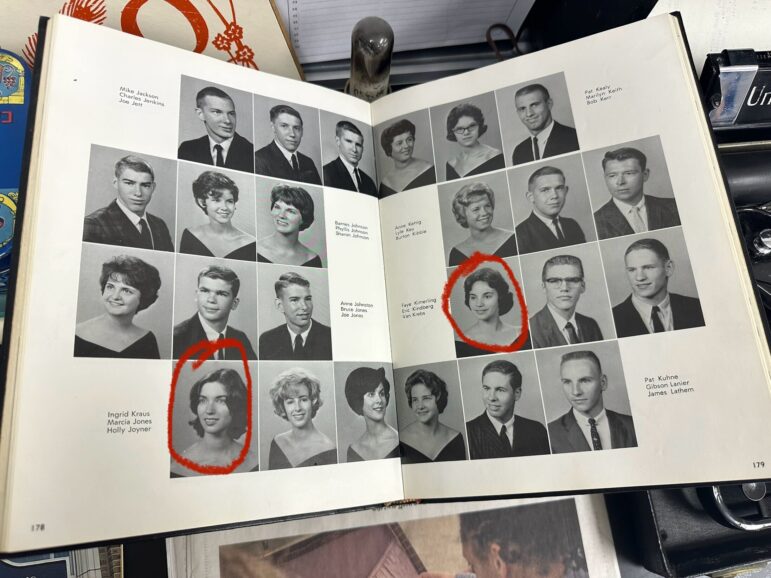
During one stop on the exhibit, visitors learn about Kimerling. In a room – aptly named the Kimerling Chapel – a slide projector presented images of Kimerling, while speakers played a recording of her sharing a story from her youth.
Kimerling talked about a conversation she had with her Black maid. Kimerling asked her who she planned to vote for in the Kennedy/Nixon election of 1960. She was surprised to learn her maid would be unable to vote due to the poll tax.
“She didn’t know much about what was going on in the city. [Kimerling] gives this drash, or sermon, years later sort of reflecting on that and everything she didn’t know, and how she could have done better,” Norman said.
Norman said Jews in the 20th century were in a complicated position when it came to race.
“Many Jews do pass as white and experience the privileges of whiteness. They’re in this ambiguous position that the African American community, at that time, is not navigating those ambiguities in quite the same way and are subject to a greater level of violence and threat,” she said.
Kimerling’s story demonstrates that dynamic when she addresses her own lack of understanding of Black people’s social status.
Kimerling’s recording finished with her reprimanding herself for not questioning separate but equal laws and for being oblivious to the racial divide in the state. She has learned from her past mistakes. She finished her story by vowing to stay vigilant.
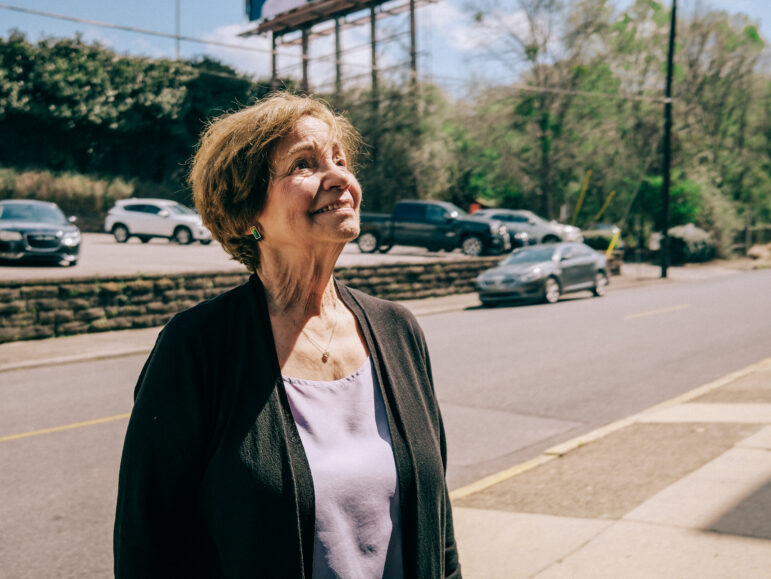
Ingrid Kraus was not featured in the exhibit, but her parents – Dr. Frederick and Anny Kraus – were. They were very active in the Civil Rights Movement. They fled the Holocaust and ended up in Alabama where they participated in protests for civil rights and joined interracial groups to fight for equality.
“I think it is very easy to understand how you could also be somebody coming from Nazi Germany who felt they were finally safe and did not want to step out,” Norman said. “That is understandable for people who arrived traumatized and persecuted. The fact that they did come to this country for safety and then put themselves in danger again is really brave, I think.”
Their daughter, Ingrid, faced ostracization for their advocacy. Norman said she was marked as “different” to her peers.
“When we talked to her, earlier in the project, she told us about going to an integrated camp in Vermont and having friends of different races come and stay with her. And of course, that would sort of mark her as well,” Norman said.
To speak out at that time, people not only risked their safety, they risked social acceptability.
“A lot of people are not brave enough to do that. I think a lot of us, if we looked inwards, would probably admit ‘would we speak out if we knew that we would be ostracized and rejected?’” Norman said.
Finding the real people
The exhibit contains many harsh realizations and tough truths. Visitors had to question if they would meaningfully be involved in a controversial, yet just movement.
Unlike a museum, the Temple Beth El Civil Rights Experience incorporates multimedia elements like film, oral histories and audio tapes to tell someone’s story. Tyler Jones, the exhibit’s artistic director, said this is so guests can actively engage with someone’s story.
“We start with a short documentary film and then move into stories from, present day and historic congregants here and end with kind of inviting you to share your own story,” he said.
He said it’s also designed to move people out of a “good guy versus bad guy” framework when it comes to examining history.
“See them as real people who were confronting really challenging times in history, and hopefully, empathize with the tough choices they faced.”
During one stop on the guided tour, visitors get to explore suitcases that hold a featured character’s entire life – passports, letters, photos.
“The experience kind of culminates in a moment where you get suitcases that have primary sources and ephemera from different people who were actually in the Jewish community here in Birmingham and decided to take levels of action during the civil rights movement,” Jones said.
“We’re really trying to encourage people to review materials, handle photographs, letters. It kind of immerses yourself in who these people are and hopefully through that humanize the history.”
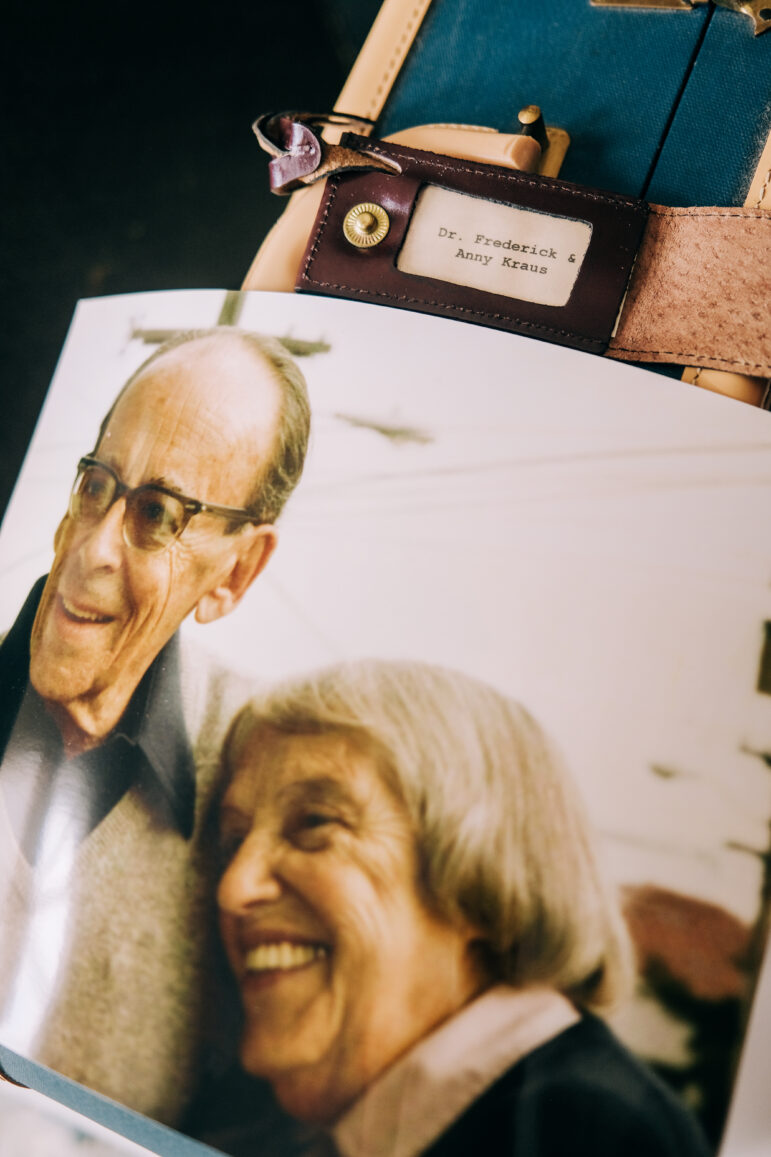
The Kraus’ suitcase has a postcard from Selma, their Concerned White Citizens of Alabama membership card, and the map of Selma they used for their march.
Visitors on a recent tour scoured through the contents of the suitcase, marveling at the couple’s bravery. One mom on the tour, Melissa Moore, who is Black, read their protesting rules.
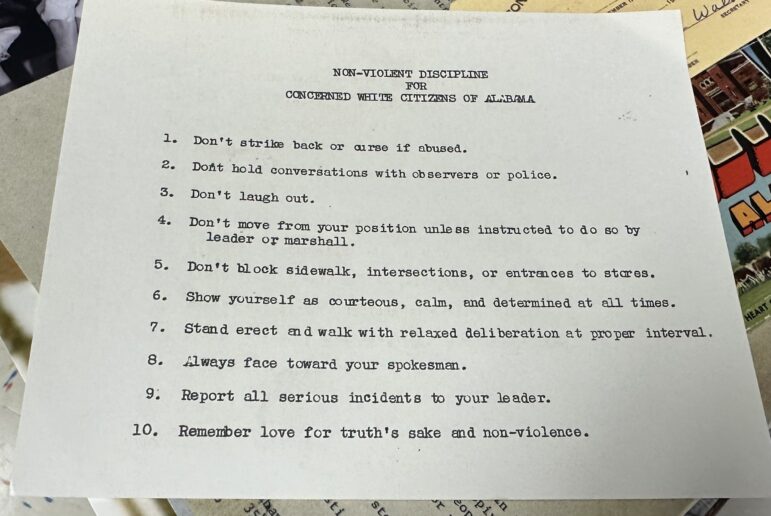
Moore said they’re the same rules she gave her sons while they protested with the Black Lives Matter Movement.
“The things that I’ve told my sons: look them in the eye, you know, don’t raise your voice. Be calm, be polite. And like – hasn’t changed!” Moore said.
The Temple Beth El Civil Rights Experience is an ongoing exhibit in Birmingham. Find more information at https://www.templebethelexperience.org/.
‘Bomb cyclone’ forecasted to bring heavy snow, blizzard conditions and dangerous travel
A 'bomb cyclone' is intensifying severe winter weather for millions of people across the U.S. The system is expected to knock out power and disrupt holiday travel.
Russia sends 3 Iranian satellites into orbit, report says
The report said that a Russian rocket sent the satellites on Sunday from a launchpad in eastern Russia.
Viral global TikToks: A twist on soccer, Tanzania’s Charlie Chaplin, hope in Gaza
TikToks are everywhere (well, except countries like Australia and India, where they've been banned.) We talk to the creators of some of the year's most popular reels from the Global South.
This painting is missing. Do you have it?
An important work from a rediscovered artist has been absent from public view since the 1970s. A New York curator is hunting for it.
Memory loss: As AI gobbles up chips, prices for devices may rise
Demand for memory chips currently exceeds supply and there's very little chance of that changing any time soon. More chips for AI means less available for other products such as computers and phones and that could drive up those prices too.
Brigitte Bardot, sex goddess of cinema, has died
Legendary screen siren and animal rights activist Brigitte Bardot has died at age 91. The alluring former model starred in numerous movies, often playing the highly sexualized love interest.

